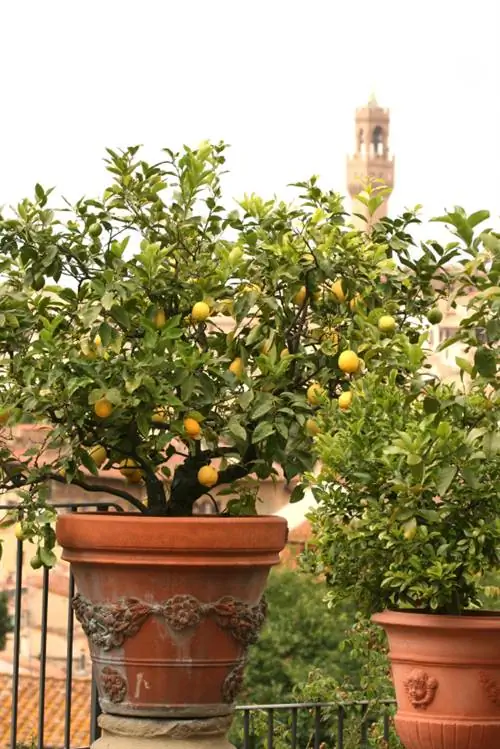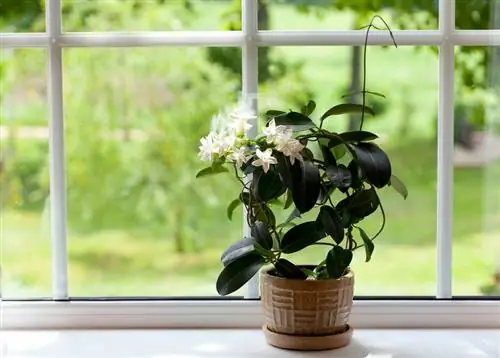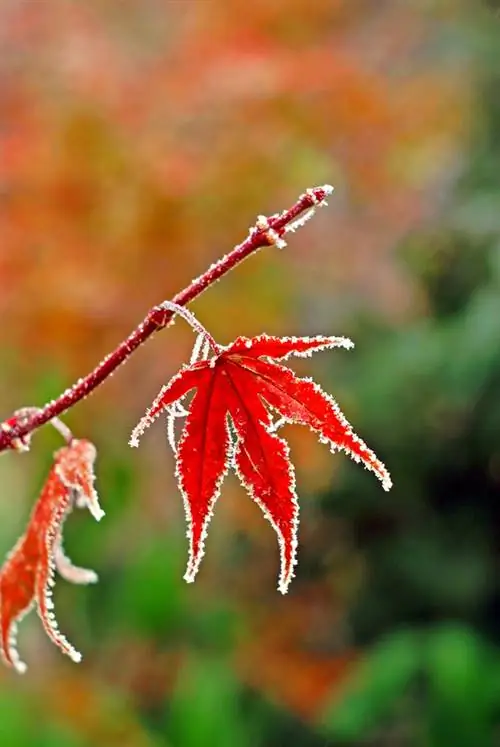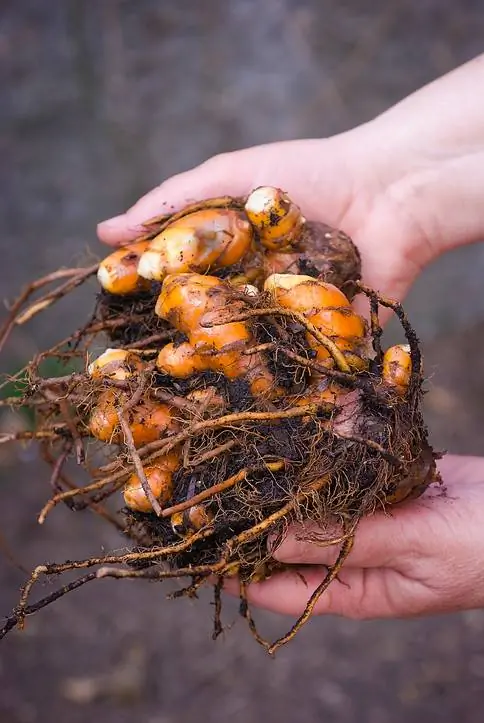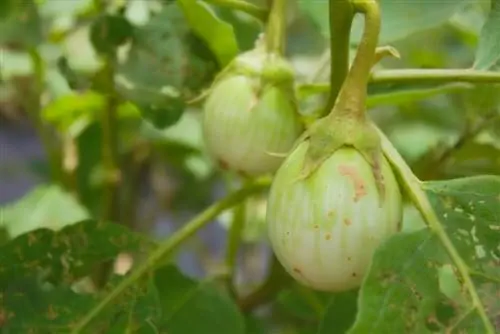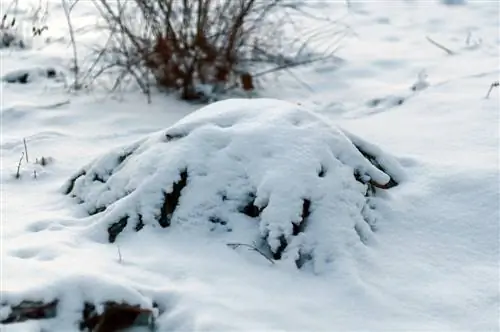- Author admin [email protected].
- Public 2023-12-16 16:46.
- Last modified 2025-01-23 11:20.
Due to the lack of light in winter, lemons should always be kept cool but frost-free over the winter. At temperatures below 12 °C, the plants largely stop their root activities and require less light and nutrients, meaning they survive the unfavorable lighting conditions much better. Losing leaves, especially towards the end of winter dormancy, is not unusual.
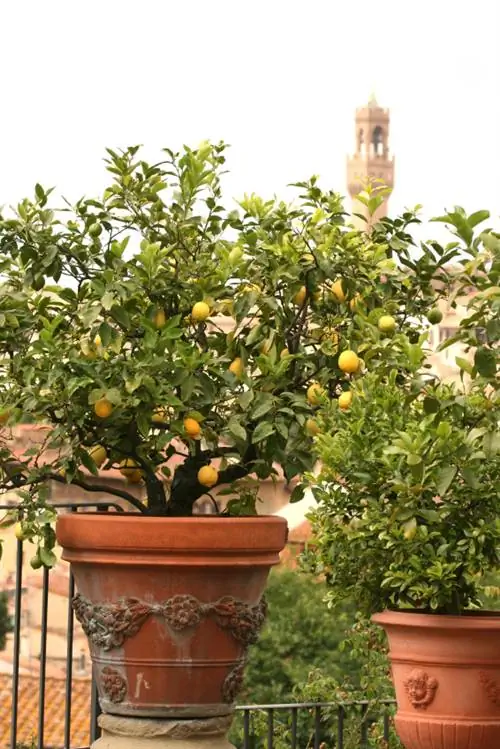
How can I properly overwinter my lemon tree in winter?
To overwinter a lemon tree, it should be stored cool but frost-free at temperatures of 5-12 °C. A minimum amount of light is required, so plant lights are recommended. Maintain high humidity to minimize damage and pest infestation.
The optimal climate
Lemons kept in a bucket overwinter best at temperatures of around five °C, although the thermometer can rise to up to 15 °C during the day. At night, around nine to twelve °C is optimal. These temperatures correspond to the natural conditions of the lemon tree, although temperatures higher than 12 °C are not recommended in the long term. In this case the tree would wake up from hibernation.
Provide sufficient light
Since lemons are evergreen, they require a certain minimum amount of light to maintain their vital functions, even in cold winters. The light intensity that is usual in winter in this latitude is not sufficient for photosynthesis and therefore for the formation of new assimilates - only a maximum of eight hours of daylight, filtered through the window glazing, has the effect of permanent night on lemon trees. That's why lemons that have overwintered in the living room often shed their leaves in spring or even react by dying branches because they no longer have any energy reserves left.
What to do if the leaves are light?
Chloroses, leaf whitening with leaf veins still remaining green, are frequently observed deficiency symptoms. The reason for this is the cold night temperatures in spring and autumn shoots, which make it difficult for the roots to absorb nutrients. A large or even complete loss of leaves, on the other hand, is almost always the result of a location that is too warm and/or too dark in winter. However, the plant usually sprouts again.
High humidity in winter quarters
The third factor that has an influence on the plants is air humidity. Increased humidity in the wintering quarters has both advantages and disadvantages.
Benefits of high humidity
- The reproduction rate of spider mites, which love dry climates, is severely slowed down.
- If the pots are not watered much in winter and a ball dries completely unnoticed, the plant still has the chance to get the necessary water through the leaves - this makes it easier to prevent drying damage.
Disadvantages of high humidity
- The risk of gray mold rot (Botrytis) occurring on immature shoots, wounds and young fruits is very high. If the shoot parts are not removed quickly, the fungus will move further up the branch towards the trunk.
- Snails that may have been introduced will be encouraged by the humidity.
- If you prefer to overwinter the plants in a dryer place, pest treatment in autumn can minimize the risk of mites.
Tips & Tricks
In winter, plant lamps (€79.00 on Amazon) should be installed as additional lighting. Also pay attention to the heat generated by the lamps - neon lamps are recommended here, not least for cost-saving reasons.

